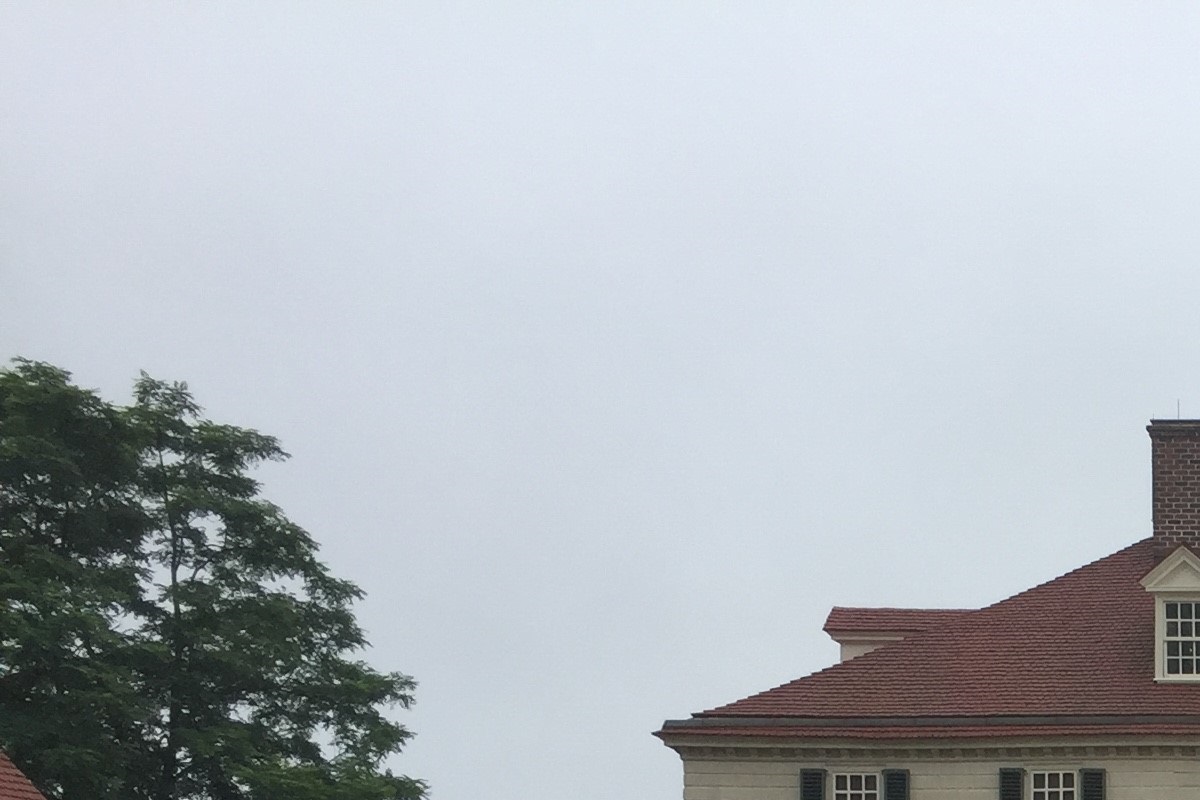
Throughout years of travelling, I’ve learned that sometimes the most exciting adventures result from GPS navigation mistakes. My family has never been gifted with technology, so it is natural that when we ventured from Missouri to Virginia in the summer of 2017, the slip of a finger sent us off course. We had intended to visit Montpelier, the home of James Madison. After hours of driving off course, we did eventually arrive at Montpelier. Only this Montpelier was a field inhabited by a less than awe-inspiring gas station. So our arrival in Montpelier — the town, not the presidential home stationed in Orange, VA — lacked the glory we had so long dreamed of. Determined to seek adventure elsewhere, we continued driving, soon arriving in Alexandria, Virginia.
By the time we stopped, dusk was beginning to set in. Weary of sitting in the car, we set off to explore the town on foot. From our first steps along the city’s cobbled brick, it struck me that Alexandria is as much a time capsule as a town. Intermingled with current restaurants and shops were historic sites, untouched by the modernity of present day. Perched on Fairfax Street was the Stabler-Leadbeater Apothecary – operated since 1775. It was impossible not to be consumed with awe for the worn wisdom of this property, central to its customers’ livelihoods since the days Martha Washington walked along its floorboards. Medical supplies and remedies to common illnesses offered a window into our medical and pharmaceutical past.
Upon further walking, my family came upon a grand church. As we pursued our curiosity and entered the site, a plaque informed us that Christ Church was a former site of worship for the Washingtons and Robert E. Lee. The undeniably intertwined Revolutionary and Civil War histories were presented simultaneously not only at this church; the entire town seemed to be rich with memories of both conflicts.
Further down Fairfax Street, we encountered the Carlyle House Historic Park and Mansion House. This property, though now a peaceful site, served as a Civil War hospital. Teeming below the immediate and obvious challenge of treating wounded and dying soldiers rested great tension over the controversy of allowing women to serve as nurses. In this sense, the site was a crucial part of not only a war between the North and South, but it was also key in women’s war to move beyond the domestic realm. With every site, voices from our past seemed to make themselves more known. Sure, this stop was not the presidential home we intended upon. But it presented us with a breathtaking breadth of history, spanning over multiple time periods and subject fields.
Not that our hopes of visiting a presidential home were undiscovered. Just a ferry ride away was Mount Vernon, the estate of George Washington. While reading history books can teach a man’s accomplishments, and reading his letters can display his thoughts, visiting Washington’s home truly exhibited his character. Washington’s focus on industry and practicality was made clear not only by his careful use of land for farming, fishing, and producing goods, but also by the conscientious placement of rooms in the house. Every detail seemed so well realized, filling my family with a new respect for Washington the farmer in addition to our reverence of Washington the soldier and president. Just outside of Washington DC, Alexandria presented us with all of the modern entertainment and room for historical inquiry we could have dreamed of with big-city opportunities and small-town courtesy. I suppose this is proof that sometimes the best way to find an adventure is to simply get lost.
Dear Reader: This page may contain affiliate links which may earn a commission if you click through and make a purchase. Our independent journalism is not influenced by any advertiser or commercial initiative unless it is clearly marked as sponsored content. As travel products change, please be sure to reconfirm all details and stay up to date with current events to ensure a safe and successful trip.